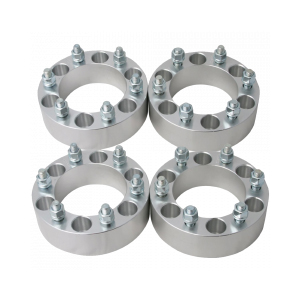Oil Pan Seal Leaking
Understanding Oil Pan Seal Leaks Causes, Symptoms, and Solutions
An oil pan seal leak is a common issue that affects many vehicles and can lead to serious engine problems if not addressed promptly. The oil pan, located at the bottom of the engine, houses the engine oil that lubricates various components. The seal, which keeps this oil contained, can fail over time due to various reasons. Understanding the causes, symptoms, and remedies for an oil pan seal leak is essential for any vehicle owner.
Causes of Oil Pan Seal Leaks
1. Age and Wear Over time, the rubber or silicone material used for the oil pan seal can degrade due to heat and exposure to oil, resulting in cracks and gaps. This is particularly common in older vehicles.
2. Improper Installation If the oil pan seal was not installed correctly, it might not create an adequate seal. This can happen during maintenance or repair work.
3. Over-tightening When the oil pan bolts are tightened too much, it can cause deformation of the oil pan or the seal itself, leading to leaks.
4. Oil Contamination The presence of contaminants in the oil, such as dirt or metal shavings, can accelerate wear on the seal, contributing to leaks.
oil pan seal leaking

5. Temperature Fluctuations Extreme heat can cause the seal material to harden and crack, while cold temperatures can make it brittle, both of which may lead to leaks.
Symptoms of an Oil Pan Seal Leak
The most noticeable symptom of an oil pan seal leak is the presence of oil spots or puddles beneath the vehicle. Additionally, a drop in oil levels might be noticeable, leading to engine noise or rough operation. Drivers may also observe a burning oil smell, which indicates oil might be leaking onto hot engine components. A failure to address these signs can lead to more severe engine issues, including overheating and critical component damage.
Solutions for Oil Pan Seal Leaks
If you suspect an oil pan seal leak, it's essential to act quickly. The first step is to identify the source of the leak, which may involve cleaning the oil pan and surrounding areas to track where the oil is coming from. Once identified, replacing the seal is often the most effective solution. This may require removing the oil pan, cleaning the surface, and applying a new sealant. In some cases, professional help is advised, especially for those unfamiliar with engine repairs.
In conclusion, addressing an oil pan seal leak promptly will help maintain your vehicle's performance and longevity, preventing costly repairs down the line. Regular vehicle maintenance and inspections can help catch such issues early, ensuring a smoother and safer driving experience.
-
Understanding the Front Main Engine Seal: Purpose, Maintenance, and Installation
News Jul.29,2025
-
Understanding O-Rings and Seal Rings: Types, Applications, and Custom Solutions
News Jul.29,2025
-
Understanding Crankshaft Oil Seals: Rear Seals, Pulley Seals, and Their Role in Engine Integrity
News Jul.29,2025
-
The Importance of Front and Rear Crankshaft Seals in Engine Performance and Oil Management
News Jul.29,2025
-
Crank Oil Seals: Functions, Types, and Cost Considerations in Engine Maintenance
News Jul.29,2025
-
A Comprehensive Guide to O-Rings and Seals: Types, Materials, and Global Applications
News Jul.29,2025
-
Mastering Diesel and Performance Engine Maintenance: A Guide to Critical Oil Gaskets
News Jul.28,2025
Products categories















